Main Botanical Garden named after N.V. Tsitsina RAS is the largest botanical garden in Russia, located in the north-eastern part of Moscow. GBS was founded on April 14, 1945, the first director was the outstanding botanist and breeder Nikolai Vasilievich Tsitsin, later the garden was named after him.
In the Main Botanical Garden you can see the richest collection of plants collected in the following botanical expositions:
- shadow garden
- Greenhouse complex
- Collection of flower and ornamental plants
- Exposition of coastal plants
- Garden of Continuous Bloom
- Plants of natural flora
- Japanese garden
- exposition cultivated plants
The building of the Laboratory Building, located near the Main Entrance.
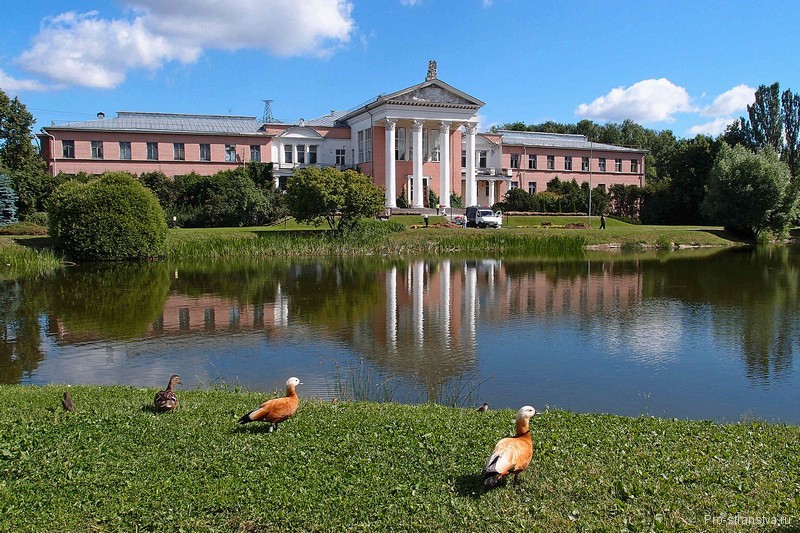
Coastal willows and an observation deck with newlyweds' locks.

Exposition "Parterre" at the Main entrance.

Near the Parterre is a small Heather garden. On its territory, 7 varieties of erica and 12 varieties of heather, 24 species and varieties of rhododendrons, various conifers, as well as ornamental shrubs- barberry, spirea and others. The composition looks especially beautiful in autumn, during the flowering of heathers and at the end of spring, when rhododendrons bloom.

Doesn't look like a Moscow landscape, does it?

The largest part of the GBS is the Arboretum, covering an area of 75 hectares in the northern part. About 2 thousand woody plants grow here, brought from North America, Western Europe, China and Japan, as well as trees and shrubs typical of Russia.
Under the protection of natural forests, hornbeam, Caucasian yew, Far Eastern aralia, Japanese quince, white acacia, catalpa, North American thuja, and others. There are only about 30 species and varieties of birches here, and mountain ash - 82 names: "Colchis" with leathery leaves, "Liquor" with sweet black fruits, bred by Michurin, "Pink Queen" - most beautiful tree with pink berries, the Dutch variety "Copper Heat" with orange fruits.

The central part of the territory of the Botanical Garden is occupied by the Reserve Oak Forest - a unique natural massif with oaks, whose age exceeds 150 years. The oak grove is fenced, the entrance to its territory is allowed only research staff who observe the development of untouched forest in the conditions of a metropolis.
The main expositions are located around the Dubrava. From the pond and the Laboratory Building, you can go east - through the Arboretum straight to the Japanese Garden, but we will proceed south - following the sign "To the Stock Greenhouse".
The path passes through an area of natural forest.
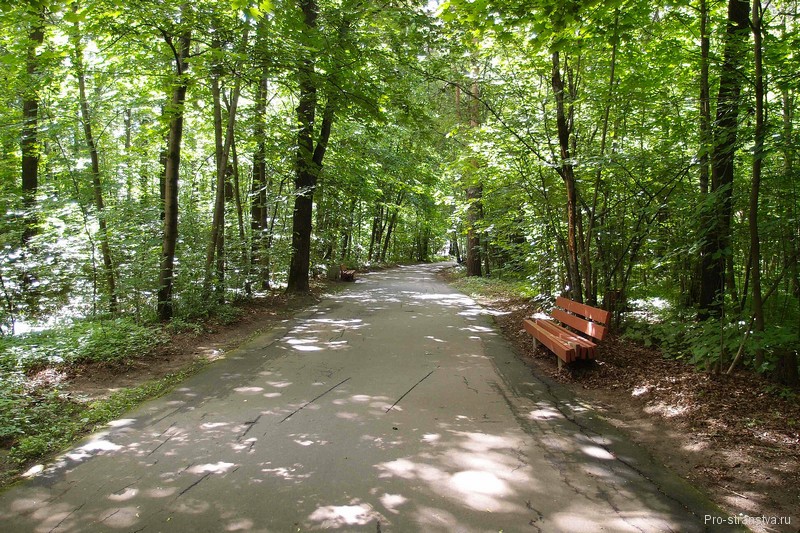
A little before reaching the Orangery complex, you can turn right and admire the Shadow Garden, where shade-loving flowers and shrubs are presented in a small area.
Behind the Shadow Garden is a collection of GBS lilacs. I saw this amazing tree there:

Too bad there are no nameplates. Perhaps one of the readers will tell you what it is called? Flowers with a pleasant aroma.

The huge building of the New Greenhouse. It began to be built in 1989, the opening is planned for the second quarter of 2015 - for the 70th anniversary of the Main Botanical Garden. Plants are already being transplanted - greenery is visible through the glass.

The area around the New Greenhouse has been put in order.
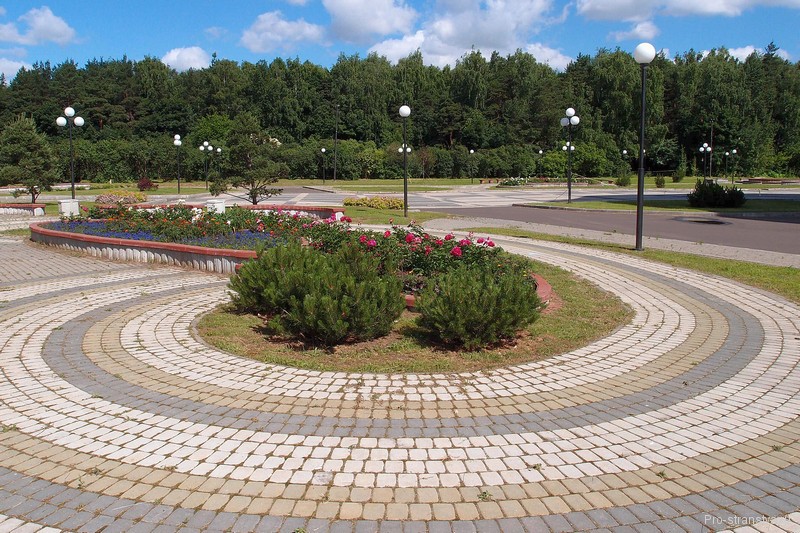
Lobelia in the flowerbed.

Next to the New is the old Stock greenhouse, which was built in 1954. The basis of the exposition was made up of plants exported from Germany after the Second World War.
The Greenhouses grow 6,000 species of subtropical and tropical plants from equatorial Africa, Amazonia, India and South-East Asia. At the Stock Greenhouse there is a small Botanical Museum, where you can see samples of wood of valuable tree species, seeds and fruits of tropical plants.
The pride of the Main Botanical Garden is a collection of tropical coastal and aquatic plants considered the best in Europe. Also interesting are the collections of azaleas, ferns, bromeliads, succulents, proteas, one of the largest collections of orchids in Russia, as well as bonsai. The basis of the collection of miniature trees was 44 specimens donated to the Botanical Garden by the Japanese Embassy in 1976. Today, about a hundred bonsai are already growing in the greenhouse.
Vkontakte group: vk.com/moscowtropics
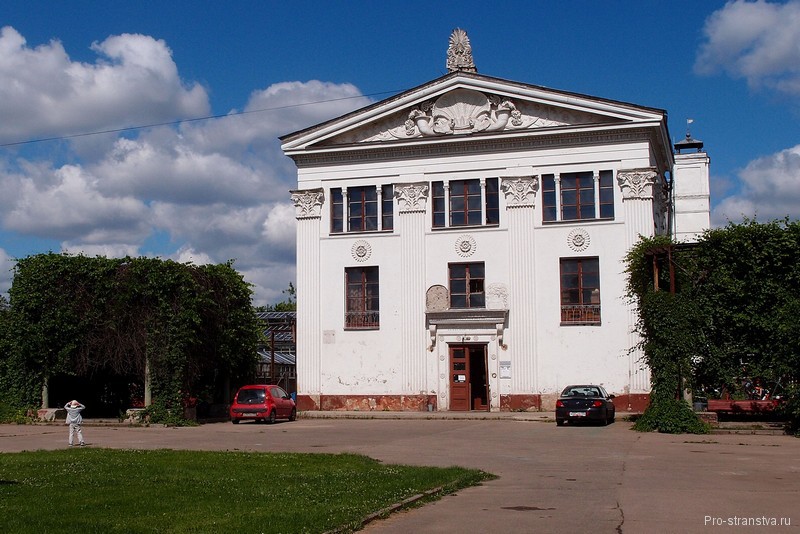
Near the Greenhouse complex there is a fenced exposition of flower and ornamental plants.
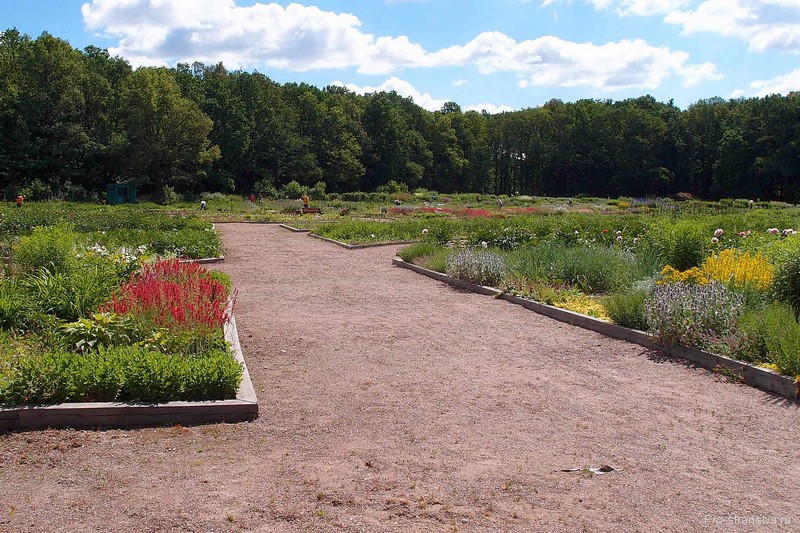
Here are collected various varieties of peonies, irises, bluebells, goldenrod, daffodils, lilies, as well as less common flowering perennials.

Pearl GBS them. N.V. Tsitsina - a unique Rosary, was founded in 1961 by breeder Ivan Shtanko, whose varieties of roses are "Morning of Moscow", "Aurora", " Yasnaya Polyana are still popular in the West. As well as in Sokolniki Park, in the post-perestroika years, the Rose Garden, unfortunately, was devastated and neglected. In 2009, its restoration began, and on September 1, 2011, it again received visitors.
More than 270 varieties of roses are collected in the Rosary on an area of 2.5 hectares. More than 6,000 bushes of these beautiful flowers were planted, many of them were sent free of charge from the best nurseries of foreign rose growing companies.

On the border between GBS and VDNH there are 5 cascading ponds on the Kamenka River, dug out during the reign of Count Nikolai Sheremetyev, the owner of the Ostankino estate.

Boat station.

Exposition of coastal plants.
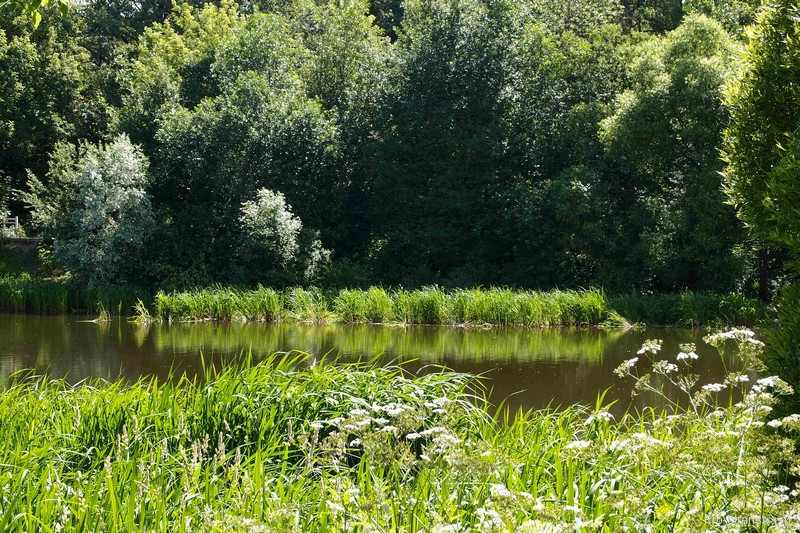
Moisture-loving irises.

Not far from the ponds is the Garden of Continuous Flowering with a vast clearing around which ancient oaks, junipers and firs grow.
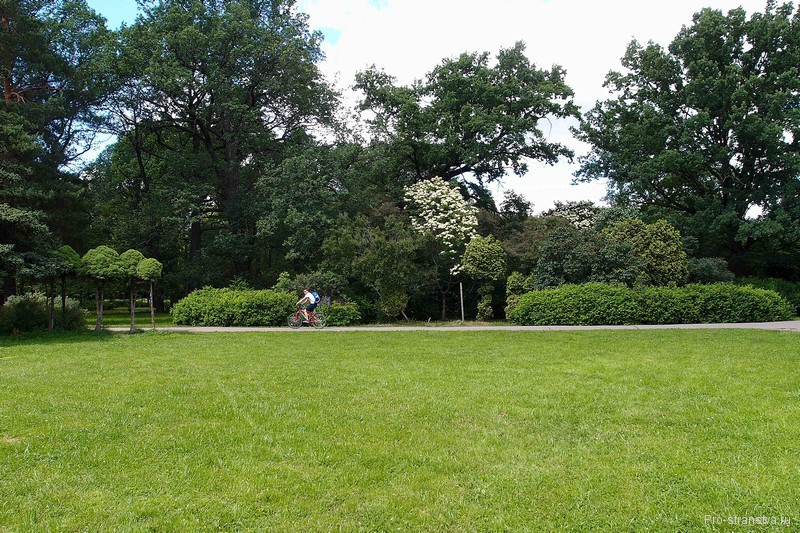

The garden of continuous flowering, created in 1953 - 1958, is an example landscape design using a large number species and varieties of ornamental plants.

From early spring to late autumn here bloom, replacing each other, a variety of trees, shrubs and herbaceous perennials.

A rare multi-stemmed Manchurian walnut.

Chubushnik (jasmine).


A beautiful bush with a name unknown to me.


Another large exposition of the Botanical Garden "Natural Flora" is located in the eastern part and covers an area of 30 hectares. Plants here are collected in collections according to the geographical principle:
- European part
- Caucasus
- middle Asia
- Siberia
- Far East
There is also an exposition "Useful natural flora".
In the farthest corner from the Main Entrance there is a beautiful example of Japanese gardening art - the Japanese Garden. In a fenced area of 2.7 hectares, there is a 13-tiered stone pagoda of the 18th century brought from Japan, stone Japanese lanterns, ponds, waterfalls and streams, tea houses, gazebos and more than 100 species of the most characteristic plants of Japan, many of which were brought from the island of Hokkaido.
The Japanese garden is very popular with photographers, it is especially decorative in spring, during cherry blossoms, and in autumn, when the leaves are blazing crimson.

Cultivated plants are widely represented in the Botanical Garden: the largest collection of strawberry varieties in Russia, fruit and berry crops, essential oil and medicinal plants. There are unusual hybrids - for example, a hybrid of a pear with a mountain ash, a hybrid of a raspberry with a strawberry, and rare vegetable crops.
The collection of cultivated plants is located in the eastern part beyond the Likhoborka River. Unfortunately, this exposition is fenced and inaccessible to visitors.
How to get to the Main Botanical Garden. N.V. Tsitsina
The easiest way to get to the territory is from Vladykino metro station - there is a small gate in a 3-minute walk from the station. The main entrance is a 10-minute walk from the metro, from Botanicheskaya street. There are also several entrances along the border with VDNKh.
From the VDNKh metro station you can take buses 24, 85, 803 or trolleybuses 9, 36, 73
Opening hours
The Botanical Garden is open daily.
Opening hours of the Japanese Garden
The garden is open from 25 April to 15 October:
- Tuesday, Wednesday, Friday - from 12:00 to 18:00
- weekends and holidays– from 12-00 to 20-00
- Monday, Thursday - sanitary days
During sakura blossom visit according to the regime of holidays without breaks for sanitary days.
Working hours of the Rosary
Operating mode of the exposition "Flower and ornamental plants"
From May 15 to October 20: daily from 10-00 to 20-00, except Monday and Thursday. (information 2014)
Ticket price
Entrance to the territory of the Botanical Garden is free.
Entrance to the Japanese Garden
- Tuesday, Wednesday, Friday: adults - 150 rubles, students and schoolchildren - 80 rubles, pensioners - 20 rubles
- Weekends and holidays, cherry blossom time: adults - 200 rubles, students and schoolchildren - 80 rubles, pensioners - 20 rubles
Entrance to the Rosary
Adults - 100 rubles, students and schoolchildren - 50 rubles, pensioners - 10 rubles
Entrance to the territory of the exposition "Flower and ornamental plants"
Adults - 100 rubles, students and schoolchildren - 20 rubles, pensioners - 10 rubles
Copying text and photos is prohibited! The materials are protected by copyright law.
Recognized as one of the largest gardens in Europe, the Main Botanical Garden. N.V. Tsitsina Russian Academy Sciences is an institution of the Federal Agency scientific organizations Russia.
The decision to create it was made in 1945, immediately after Russia's victory in the Great Patriotic war. The garden was planned as a symbol of Russia's victory and the reign of peace on its territory. The name of Academician Tsitsin was given to the garden in 1991, for his services in the field of genetics, botany and breeding. Nikolai Vasilyevich himself was twice awarded the order Hero of Labor. The academician led the garden for 35 years, from the very day of its foundation.
Modern garden funds include about 18 thousand different varieties of plants from all over the world. The garden covers an area of almost 332 hectares and is a national treasure of Russia. Employees and scientific staff of the garden spend research work for the study and conservation of rare plant varieties. In addition, the Main Botanical Garden is also known for its educational activities: lectures and conferences dedicated to wealth natural world Russia.
The garden is also known for its achievements in the field of crop production and landscape architecture. On its territory, the basics of creating botanical gardens, as well as the secrets of hybridization and reproduction are being actively studied. rare species. The scientific staff is actively developing theories of creating completely new plant species and saving endangered ones.

Throughout the year, the Exposition of Tropical and Subtropical Plants is open to the public in the Stock Greenhouse of the Main Botanical Garden.
Working mode:
The greenhouses are open daily except Mondays:
- from February 15 to March 15 from 11:00 to 18:00;
- from March 16 to September 31 from 11:00 to 19:00;
- from October 1 to October 31 from 10:00 to 18:00;
- from November 1 to February 14 from 10:00 to 17:00.
Ticket price:
- full ticket - 250 rubles;
- ticket for students - 200 rubles;
- a ticket for schoolchildren, pensioners, labor and war veterans - 150 rubles.








